Home>Gardening & Outdoor>Landscaping Ideas>How To Fix Patchy New Grass
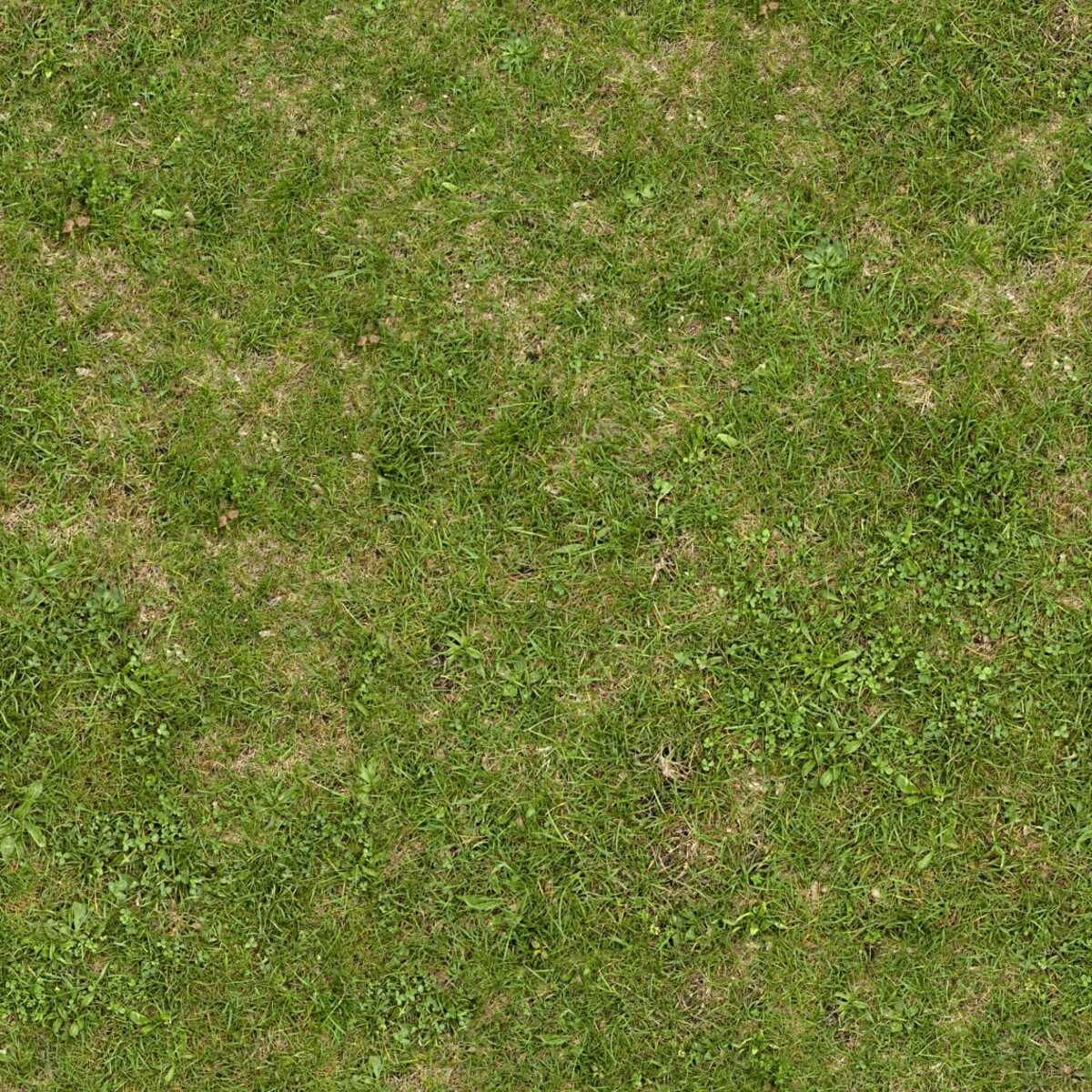

Landscaping Ideas
How To Fix Patchy New Grass
Published: January 27, 2024
Learn effective landscaping ideas to fix patchy new grass and achieve a lush, green lawn. Discover expert tips for revitalizing your yard and creating a beautiful outdoor space.
(Many of the links in this article redirect to a specific reviewed product. Your purchase of these products through affiliate links helps to generate commission for Storables.com, at no extra cost. Learn more)
Introduction
When it comes to cultivating a lush, vibrant lawn, the journey from seeding to a uniform carpet of green can be riddled with challenges. One of the most common issues that homeowners encounter is patchy new grass. Picture this: you've diligently sown the seeds, nurtured them with water and sunlight, and eagerly anticipated the emergence of a flawless lawn. However, what you're met with is a disheartening sight – patches of sparse, uneven grass that disrupt the overall aesthetic of your outdoor space.
The presence of patchy new grass not only detracts from the visual appeal of your lawn but also raises concerns about its health and longevity. Fortunately, addressing this issue is not an insurmountable task. With the right knowledge and a strategic approach, you can transform those unsightly patches into a seamless expanse of verdant greenery.
In this comprehensive guide, we will delve into the underlying causes of patchy new grass and equip you with a series of actionable steps to rectify this common predicament. By understanding the root of the problem and implementing targeted solutions, you can breathe new life into your lawn and revel in the beauty of a thriving, uniform grass cover.
So, if you're ready to bid farewell to patchy new grass and usher in a revitalized, picturesque lawn, let's embark on this transformative journey together.
Key Takeaways:
- Say goodbye to patchy new grass by reseeding, aerating, optimizing watering, controlling weeds, addressing sunlight limitations, fertilizing, and being patient. Your lawn will transform into a lush, uniform expanse with dedicated care.
- Patchy new grass? No problem! Understand the causes, reseed, aerate, water wisely, control weeds, address sunlight, fertilize, and be patient. Your lawn will thrive with these targeted solutions.
Read more: How To Treat Patchy Grass
Understanding the Causes of Patchy New Grass
The emergence of patchy new grass can be attributed to a myriad of factors, each exerting its influence on the overall health and uniformity of your lawn. Understanding these underlying causes is pivotal in devising effective strategies to rectify the issue and foster a thriving grass cover. Let's delve into the common culprits behind patchy new grass:
1. Uneven Seed Distribution
In many cases, patchy new grass stems from an uneven distribution of seeds during the initial sowing process. This can result from haphazard seeding techniques or environmental factors such as wind or rain, which disperse the seeds unevenly across the soil. As a consequence, certain areas may be densely populated with grass while others remain barren, giving rise to patchiness.
2. Soil Compaction
Soil compaction poses a significant impediment to the healthy growth of grass. When the soil becomes compacted, it restricts the movement of air, water, and essential nutrients, hindering the germination and development of grass seeds. Consequently, patchy new grass may manifest in areas where soil compaction impedes the growth of young seedlings.
3. Inadequate Watering
Insufficient or erratic watering practices can also contribute to patchy new grass. Inconsistent moisture levels in the soil can impede the germination and establishment of grass seeds, leading to uneven growth patterns. Additionally, overwatering can drown the seeds or cause them to rot, further exacerbating the issue of patchy new grass.
Read more: How To Plant Grass Seed In Patchy Areas
4. Competition from Weeds
The encroachment of weeds presents a formidable challenge to the uniform growth of new grass. Weeds compete with grass for essential resources such as sunlight, water, and nutrients, often overshadowing and stunting the growth of grass seedlings. This competition can result in patchy new grass as the weeds assert their dominance in certain areas of the lawn.
5. Insufficient Sunlight
Inadequate exposure to sunlight can impede the growth of new grass, leading to patchiness in shaded areas. Grass requires ample sunlight to undergo photosynthesis and thrive. Therefore, areas that are shaded by structures, trees, or other obstructions may exhibit patchy new grass due to the lack of essential sunlight.
By comprehending the multifaceted causes of patchy new grass, you can pinpoint the specific factors contributing to this issue in your lawn. Armed with this knowledge, you are better equipped to implement targeted solutions that address the root of the problem and pave the way for a revitalized, uniform grass cover.
Steps to Fix Patchy New Grass
-
Reseeding the Patchy Areas: Begin by carefully raking the patchy areas to loosen the soil and remove any debris. Once the soil is prepared, evenly distribute high-quality grass seeds over the affected areas. Lightly rake the seeds into the soil and gently tamp them down to ensure good seed-to-soil contact. Water the reseeded areas regularly to facilitate germination and encourage the growth of new grass.
-
Aerating the Soil: Soil compaction can impede the healthy growth of grass, leading to patchiness. Aerating the soil using a garden fork or a mechanical aerator helps alleviate compaction by creating channels for air, water, and nutrients to penetrate the soil. This promotes robust root development and facilitates the rejuvenation of patchy areas.
-
Optimizing Watering Practices: Consistent and adequate watering is crucial for nurturing new grass and rectifying patchiness. Monitor the moisture levels in the soil and adjust your watering schedule to ensure that the reseeded areas receive sufficient moisture without becoming waterlogged. A soaker hose or sprinkler system can aid in delivering uniform hydration to the patchy areas.
-
Implementing Weed Control Measures: Combatting weeds is essential to fostering the healthy growth of new grass. Utilize targeted weed control methods such as hand weeding or the application of herbicides to eliminate competing weeds and create a conducive environment for the reestablishment of grass in patchy areas.
-
Addressing Sunlight Limitations: If patchy areas are caused by insufficient sunlight, consider pruning overhanging branches or strategically thinning out foliage to allow more sunlight to reach the affected areas. Additionally, selecting shade-tolerant grass varieties for these areas can help mitigate the impact of limited sunlight on the growth of new grass.
-
Fertilizing for Nourishment: Applying a balanced fertilizer to the patchy areas can provide essential nutrients that promote the vigorous growth of new grass. Opt for a fertilizer with a formulation tailored to the specific needs of young grass, and follow the application instructions to avoid over-fertilization, which can hinder rather than facilitate growth.
-
Monitoring and Patience: Regularly monitor the reseeded areas, keeping a keen eye on the progress of new grass growth. Exercise patience, as revitalizing patchy areas takes time and consistent care. With diligent monitoring and adherence to the aforementioned steps, you can witness the gradual transformation of patchy areas into a lush, uniform expanse of healthy grass.
By diligently following these steps and tailoring them to the unique conditions of your lawn, you can effectively address patchy new grass and cultivate a verdant, thriving lawn that enhances the beauty and vitality of your outdoor space.
Conclusion
In the realm of lawn care, the emergence of patchy new grass can serve as a formidable obstacle to achieving a picturesque, uniform expanse of greenery. However, armed with a deeper understanding of the underlying causes and equipped with targeted solutions, you possess the power to transform these unsightly patches into a flourishing, cohesive lawn.
By addressing the factors contributing to patchy new grass, such as uneven seed distribution, soil compaction, inadequate watering, weed competition, and sunlight limitations, you can embark on a journey of revitalization. Reseeding the patchy areas, aerating the soil, optimizing watering practices, implementing weed control measures, addressing sunlight limitations, fertilizing for nourishment, and exercising patience through diligent monitoring are the pivotal steps that pave the way for a rejuvenated lawn.
As you embark on this transformative endeavor, remember that patience and consistency are your allies. Revitalizing patchy areas and nurturing the growth of new grass is a process that unfolds gradually, requiring attentive care and perseverance. By embracing this journey with dedication and a strategic approach, you can witness the gradual metamorphosis of patchy areas into a seamless, verdant carpet that elevates the allure of your outdoor space.
Ultimately, the journey from patchy new grass to a thriving, uniform lawn is a testament to the transformative power of knowledge and proactive care. With each targeted step, you are not only rectifying the issue at hand but also fostering a deeper connection with your outdoor sanctuary. As the patchy areas evolve into a flourishing testament to your dedication, the rewards of your efforts will manifest in the form of a rejuvenated, vibrant lawn that beckons with its natural beauty and vitality.
So, as you set forth on this journey of transformation, may your lawn be imbued with the resilience of new growth and the beauty of uniformity, serving as a testament to the transformative potential within your hands. Embrace the process, nurture the seeds of change, and revel in the splendor of a revitalized, patch-free lawn that stands as a testament to your unwavering commitment to its well-being.
Frequently Asked Questions about How To Fix Patchy New Grass
Was this page helpful?
At Storables.com, we guarantee accurate and reliable information. Our content, validated by Expert Board Contributors, is crafted following stringent Editorial Policies. We're committed to providing you with well-researched, expert-backed insights for all your informational needs.
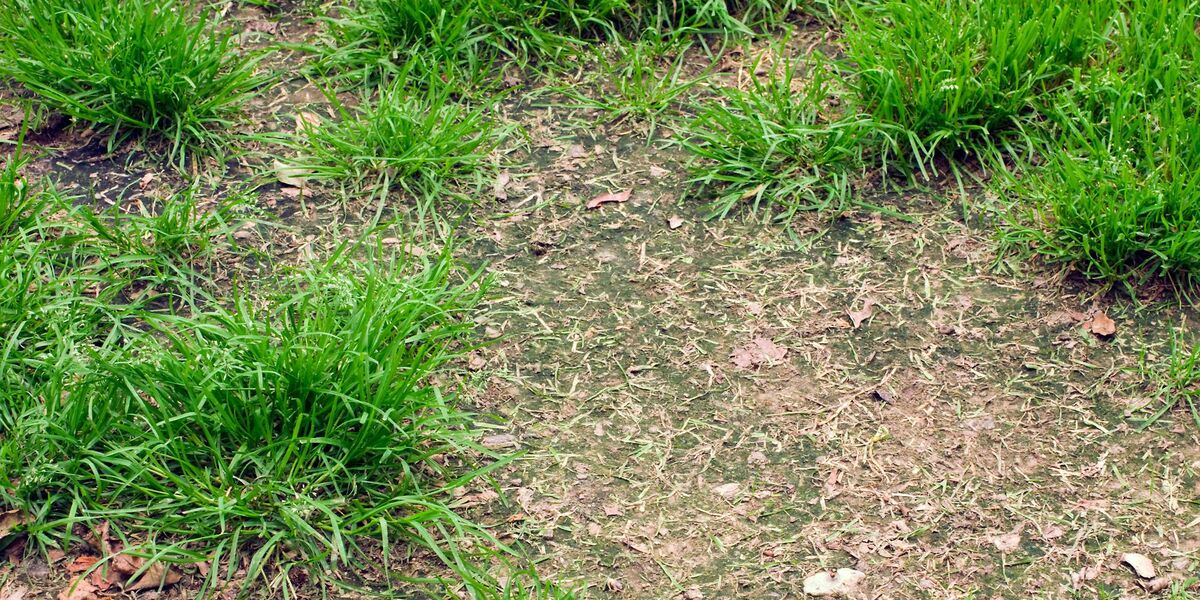
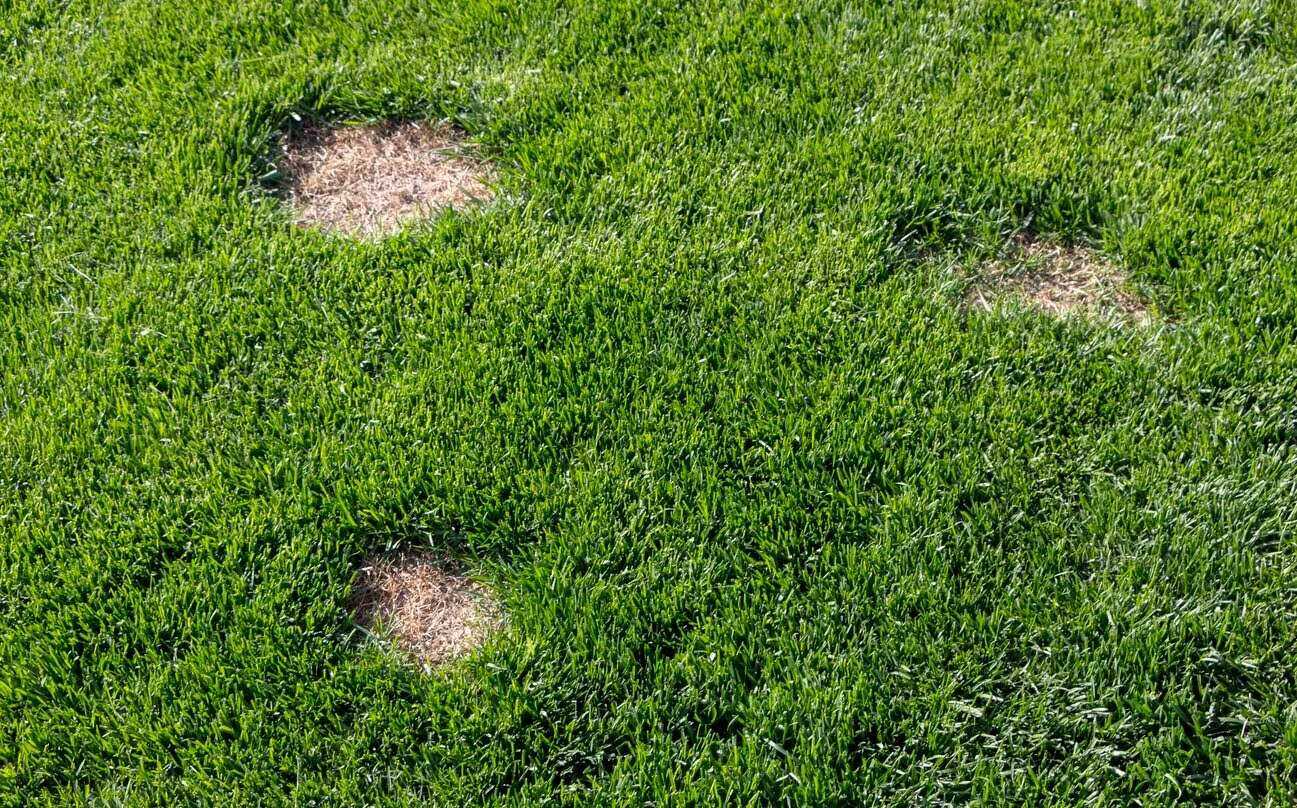

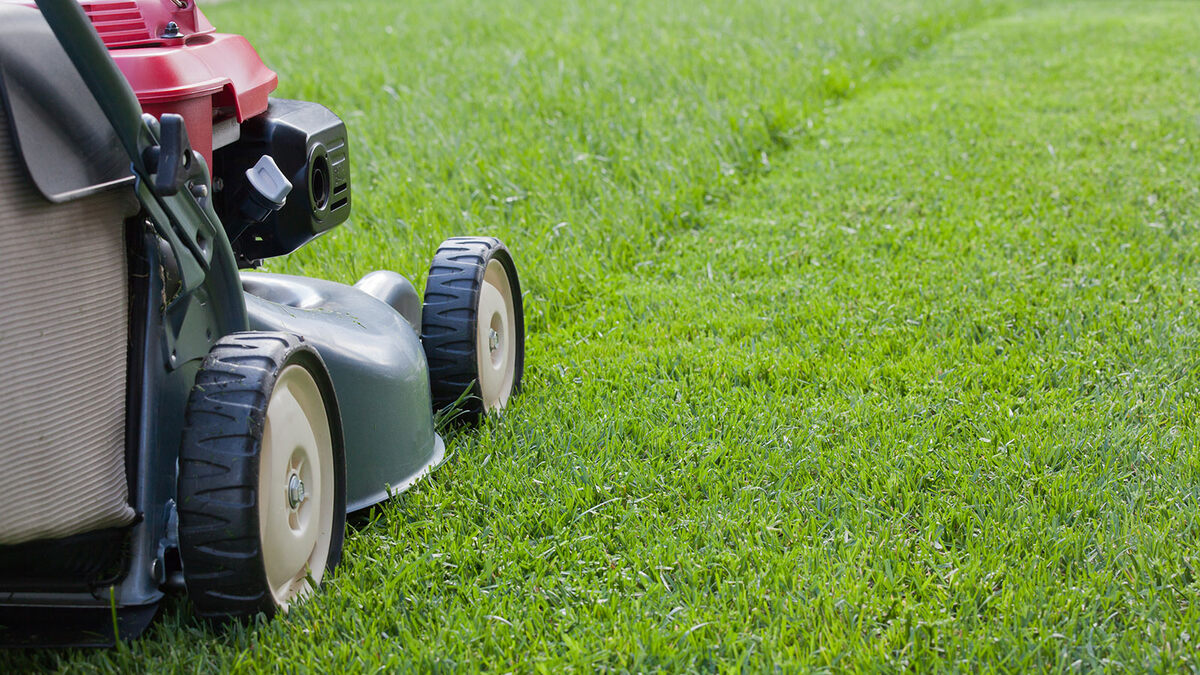
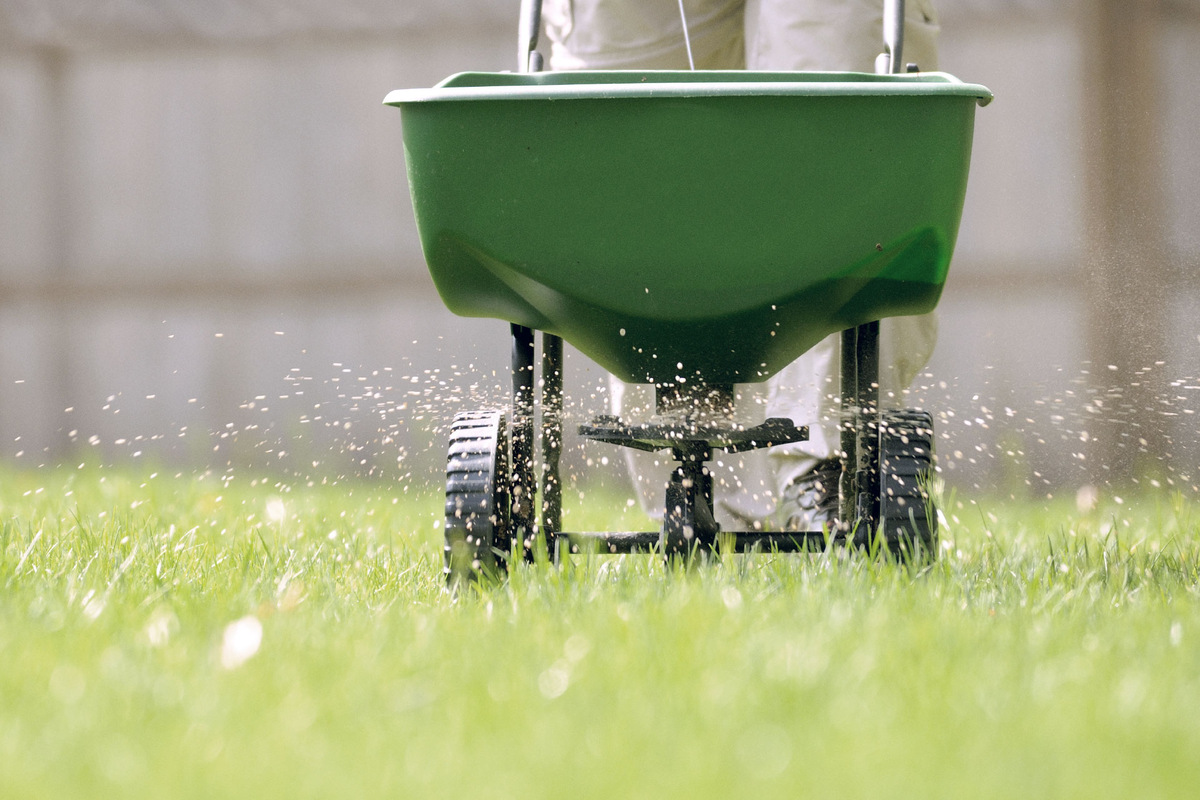


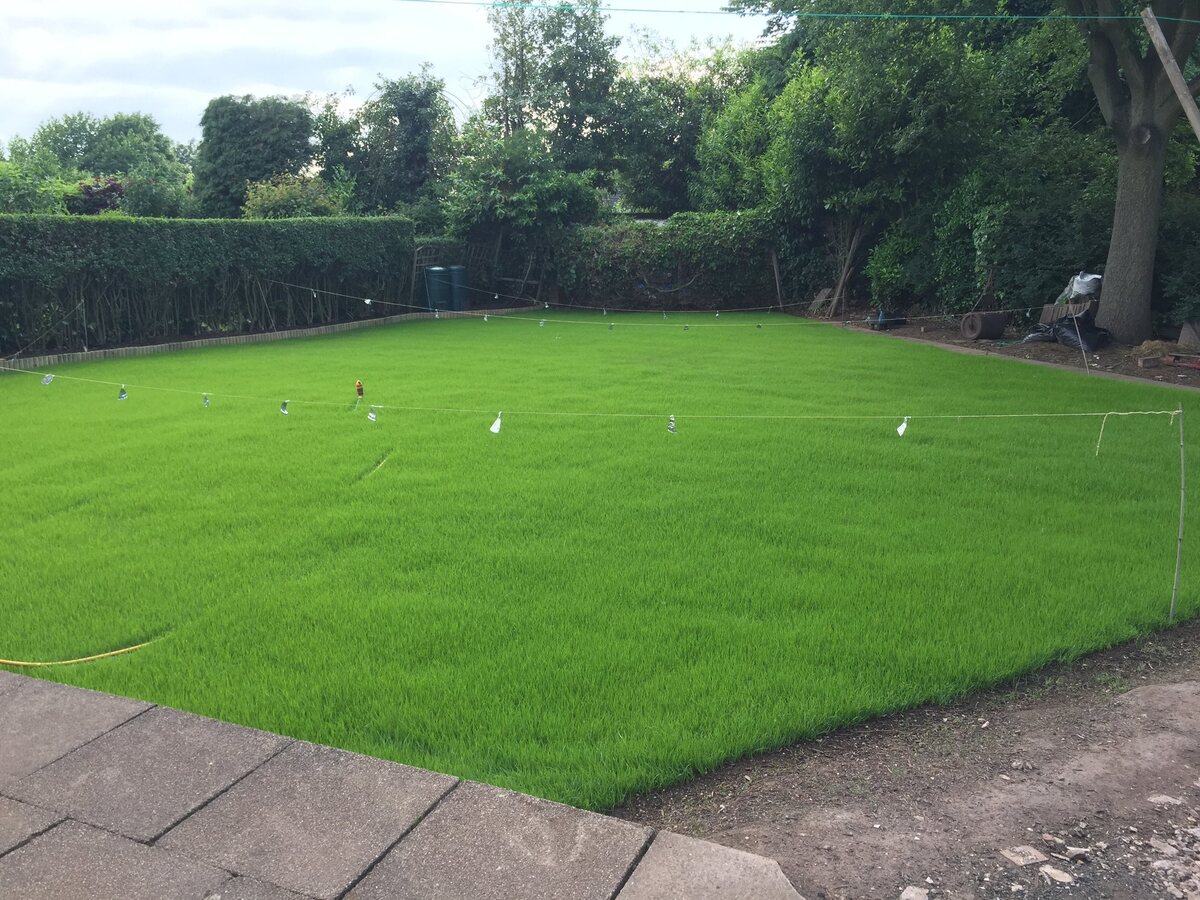


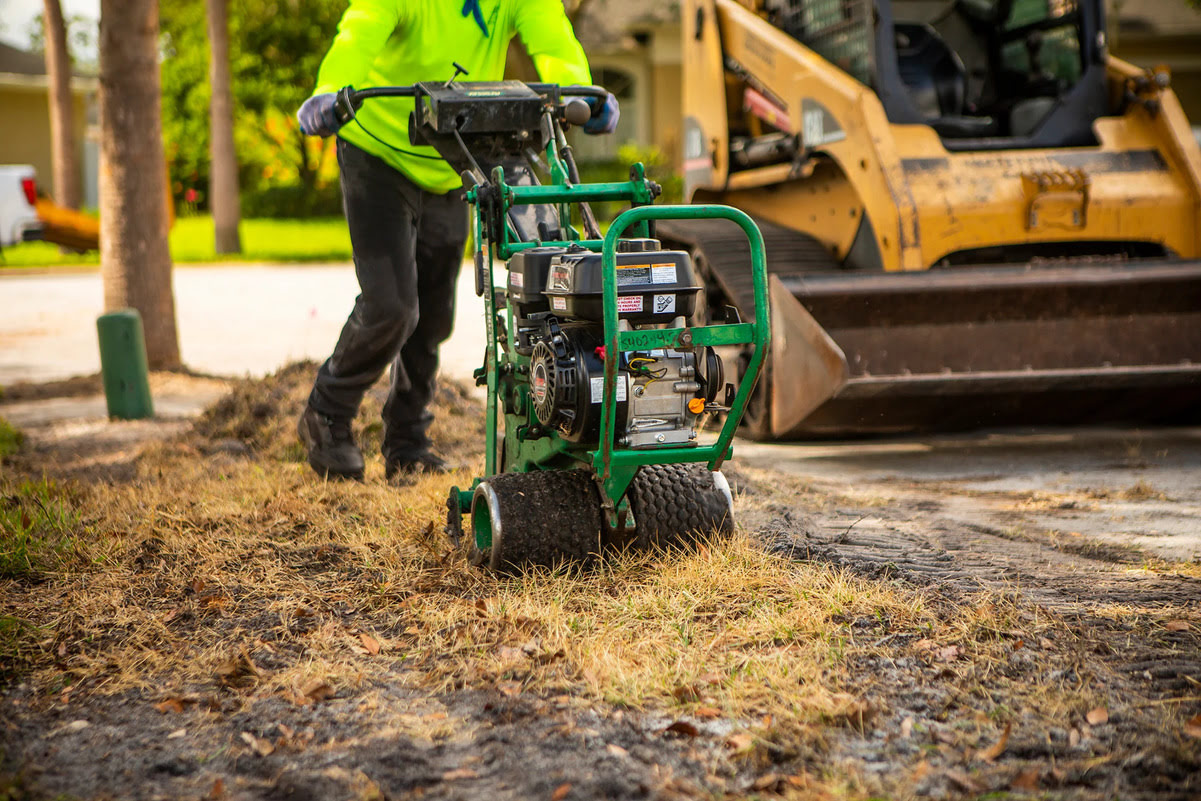
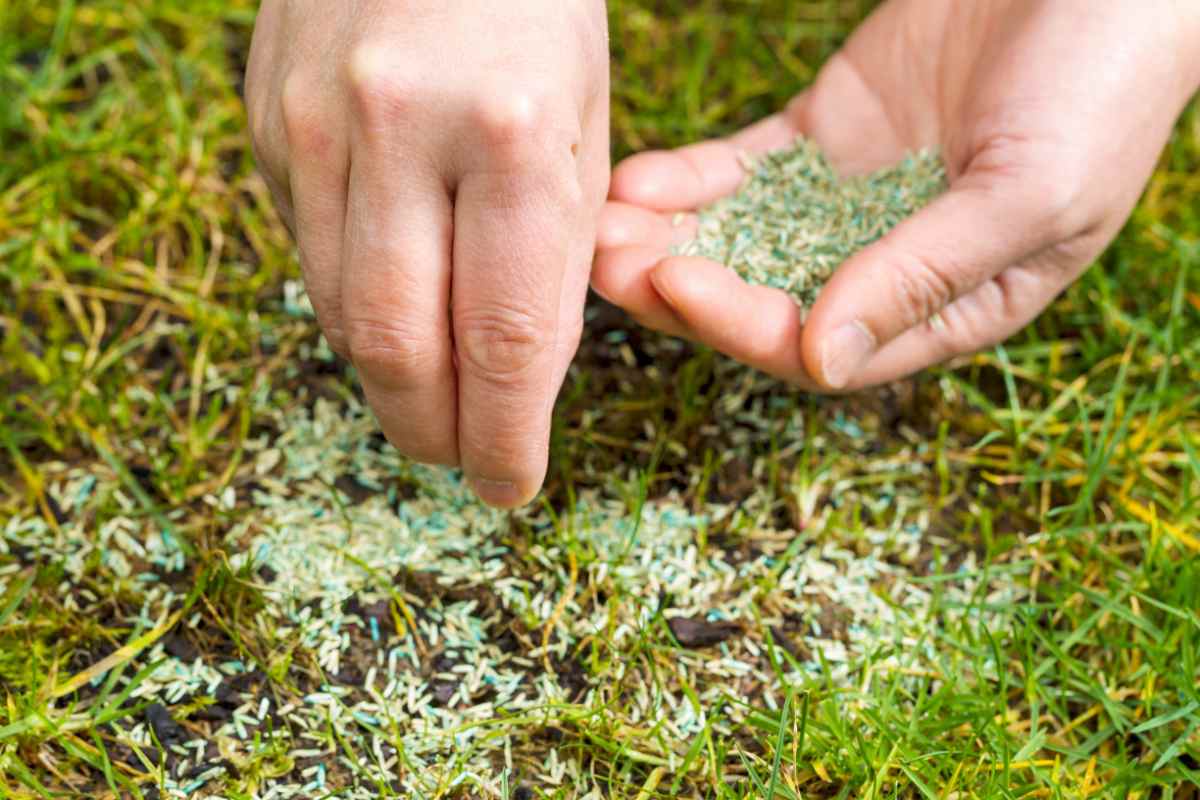

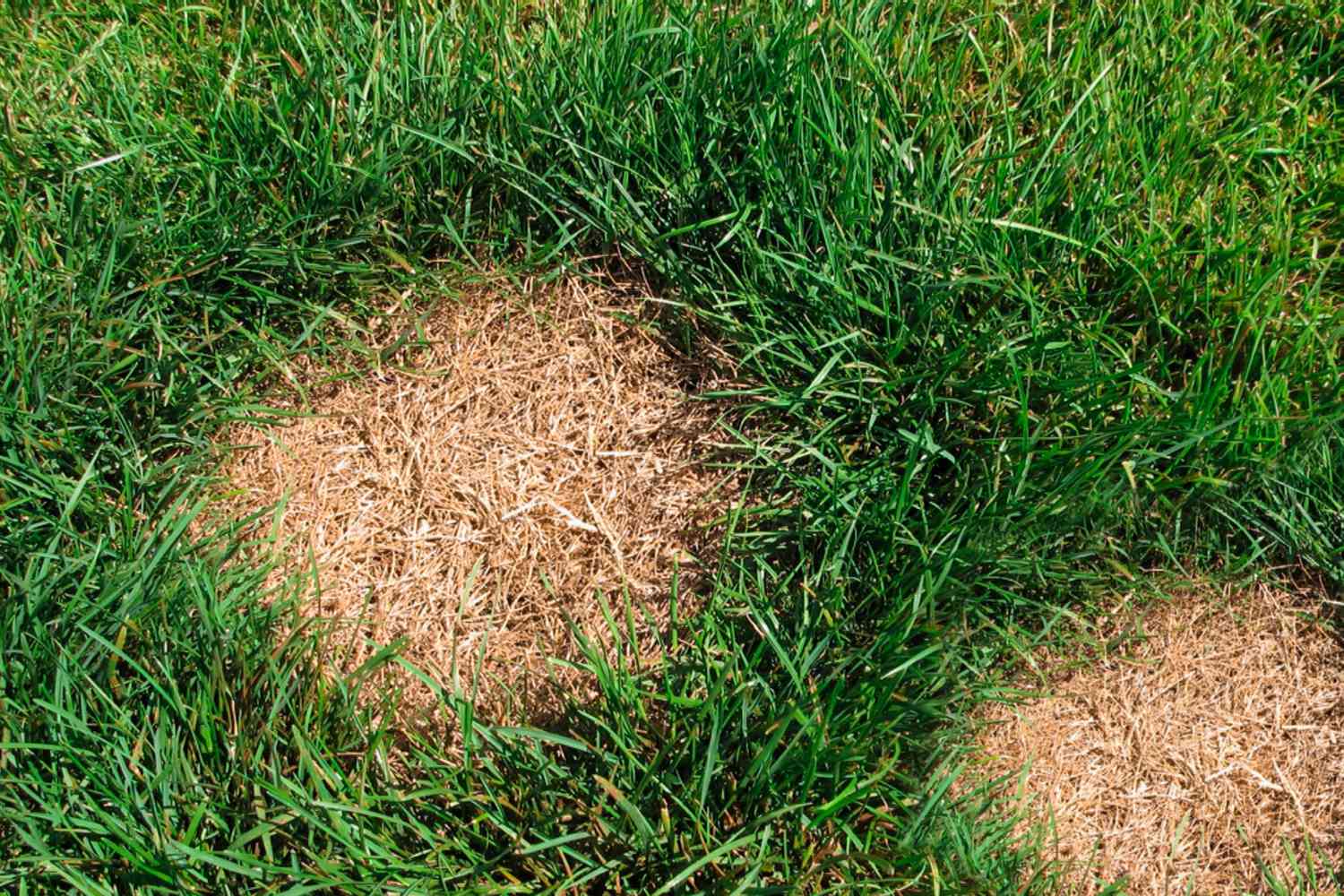

0 thoughts on “How To Fix Patchy New Grass”